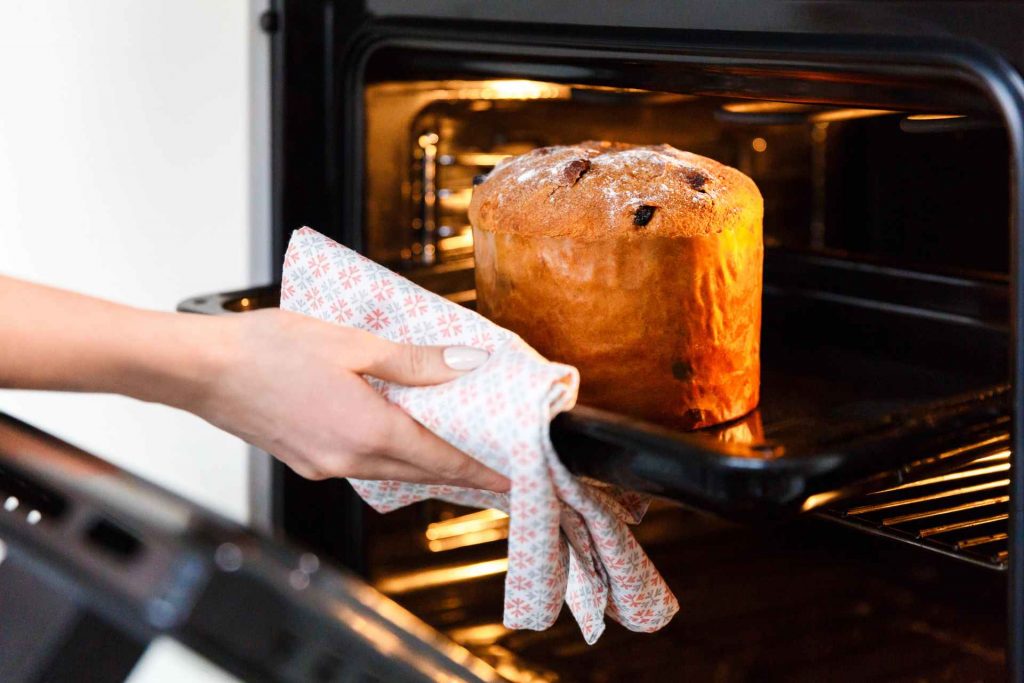Dennis Stapp
Consumer Electronics
Incorporating artificial intelligence (AI) into products is a great way for companies to make life easier for customers. Smart features also bolster brand loyalty and open windows of opportunity for their product ranges. With those benefits in mind, ITK Engineering helped a manufacturer of home appliances optimize its built-in ovens with AI. These efforts produced powerful AI that enhances the legacy product and readily adapts to work with new types and different categories of ovens.
As anyone who has ever peered through an oven window knows, getting the cooking time just right is tricky. Checking every few minutes if a dish is done; poking here and probing there with a skewer – this takes time that could be better devoted to other tasks. AI and smart sensors can make short work of day-to-day inconveniences like this.
This realization prompted our customer, a manufacturer of home appliances, to develop a smart oven. Featuring artificial intelligence (AI) and smart sensors, this new oven treats users to a novel experience in the kitchen. Sensors gauge and monitor temperature, moisture, and other variables depending on the dish. The AI then determines the remaining cooking time, taking much of the stress out of the process. And that delights customers and creates a USP that sets the product apart.
How do you put captured data to productive use? That is the great challenge in developing data-driven products. Sensors can take all kinds of readings, but data alone does not create value. To make sense of it and extract meaningful insights, data first has to be collated and interpreted.

The legacy oven was already able to gather lots of data. It monitored progress by continuously measuring oxygen levels. After all, every dish that goes into a hot oven gives off moisture. This moisture displaces oxygen, the level of which then drops. However, much of the obtained data’s potential remained untapped. Predictions were not as accurate as they should be. Another issue was the limited number of data samples available for some categories of dishes.
This is why the top priority was to improve the algorithm’s performance to reduce prediction variance and deliver, within just a few minutes, precise forecasts of when a dish would be done.
To optimize the existing solution, we built architectures for state-of-the-art machine learning models and developed a framework for semi-automated AI training and optimization. Uncertainty modeling now provides a better way of assessing forecasts.
The sensors measure different values for different dishes – for example, temperature, humidity, and control settings. The AI model uses these readings to calculate the remaining cooking time. This smart device can receive updates via the Internet. It can also share with other users’ appliances anonymized sensor data gathered during cooking processes to continuously improve the AI.

The new solution provides better predictive performance, greater resilience to variance in individual categories, and models for multi-class categories. Training and optimization are AI-driven. This development readily adapts to new types of ovens and categories of food.